
Customer value is about making the intangible tangible and the impossible possible. It’s about making an effort to delight and enhance your customers’ experience where lesser brands don’t bother.
Customer value can be made up of many things: an intuitive user interface, memorable micro-moments, funny social interactions between brands and customers — small details like these can be very powerful, providing joy to your customers.
Your content as a customer channel is highly valuable and, best of all, content is relatively cheap to produce too. The best brands don’t always have the best products or services, but they do have the best content. Content creates relationships, and the best kind of content keeps adding value long after it’s published (in SEO terms, older is often better).
A little effort goes a long way when it comes to adding customer value through content. Here’s how.
Educate
It’s okay to say it: you know your stuff. You’re an industry authority and a niche know-it-all, and your customers are hungry for your knowledge — so share it.
Educating your customers is a two-way street. For your brand, you position yourself as an industry authority in your own right, a go-to resource for advice and queries. For customers, they receive comprehensive, actionable insight that makes their lives easier — real value.
Use keyword research to discover what issues your customers are researching online. This could be as simple as using autocomplete to find related queries.
Type in your business keywords (for example, “email automation”), and you will be presented with some of the most common related search terms:
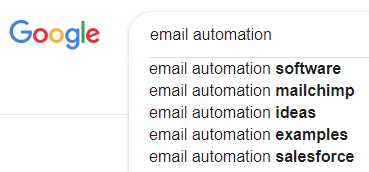
Based on the above, you could then write some ideas for email automation workflows, or create a list of examples with actionable takeaways. You could even write a comparison post between your product and MailChimp or Salesforce.
For more comprehensive keyword research, use a tool such as Ahrefs (my personal preference, but other brands are available). Dedicated keyword research tools like these provide in-depth related search terms to guide your educational content strategy with more precision.
Remember to optimise your content for featured snippets to get your content seen. Use bullet point lists for SERP perfection, and ensure your content clearly answers a question. This makes it clear to search engines that your content provides an answer.
Brands that get it right
People always ask me: Elliot, how did you get to be so stylish and on-trend? The answer is simple: the ASOS Style Feed.
Here, I learn all the steeziest styles I need to stay on-trend in 2019 (although I learned what ‘steezy’ means from Urban Dictionary).
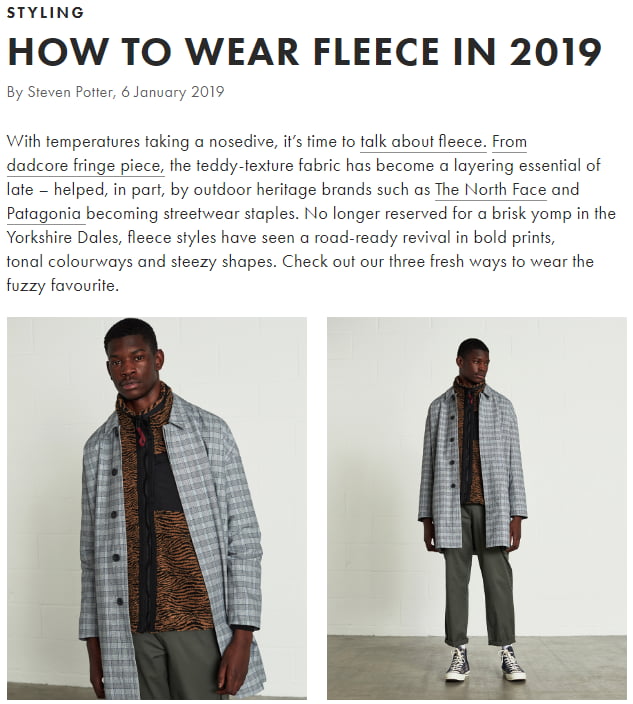
ASOS regularly shares educational style guides, covering everything from the correct way to wear neon to what all the celebrities (whose names I don’t know) are wearing. Replete with high-quality pics and product recommendations, the Style Feed is all I need to stay fleek from week-to-week.
Inspire
If you’ve seen a (non-competing) startup making waves in the industry, give them some props. Brand spotlights or entrepreneur interviews are great content that give audiences a fresh insight into the state of the industry.
As the rapper and accidental philosopher JT the Bigga Figga once said, game recognises game.
Show some love to other brands or individuals in your industry. Success stories offer a wealth of useful lessons your customers can learn from, and it makes you look like a stand-up character.
Customer success stories also make for inspiring content that your audience will love. Shine a spotlight on your happy customers with an interview, in which they expound on all the things they love about your product and your brand.
This shows your customers how much you value them, while providing you with some powerful social proof that resonates with prospective customers.
Founder interviews are also effective and uplifting content that gives your audience value. Giving your customers an insight into what makes you tick strengthens your bond, making them fall even deeper in love with your brand.
Brands that get it right
If, like me, you lack the necessary skills to organise your life, you probably use the project management tool Basecamp. It’s easy to use, versatile, and pretty to look at, and has a dedicated blog, Signal v Noise, that loves to share the love.
Basecamp often shines a spotlight on notable brands and entrepreneurs making waves in their industry. Check out the interview with the founder of MB&F, Maximilian Büsser, here.
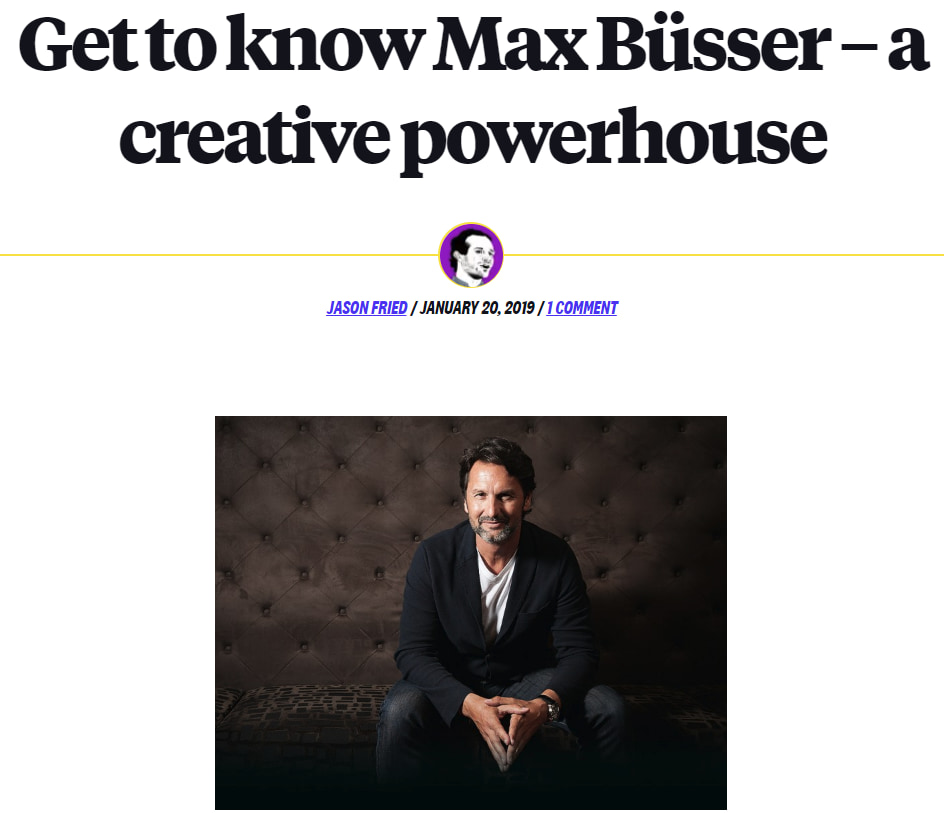
Unlike other brands, Signal v Noise doesn’t use the interview to promote itself. It simply shares the lessons Büsser learned during his entrepreneurial journey, highlighting the great work he’s done (and how Signal V Noise’s readers can emulate him).
There’s a lotta love in this interview. Get a room, you guys!
Entertain
All work and no play made Jack a dull boy, and it’s not hard to see why.
The same principle applies to your blog: yes, you need to deliver facts and knowledge to your customers, but not exclusively. Peppering your content strategy with entertaining or humourous pieces keeps things fresh.
But aside from giving your readers some light relief from your awesome how-to guides and actionable advice, it shows off your brand’s playful side.
The important thing with this kind of content is to tread lightly. You’re a brand, not an entertainer.
The amount of humorous content you publish depends on your brand. If you’re a quirky SaaS brand with a tongue-in-cheek style, go wild. If you’re a professional B2B brand with C-Suite customers, maybe reign it in a little.
Brands that get it right
In what must be a first for the brand, I’m going to talk about Innocent Drinks without mentioning their quirky-or-die copy.
Alongside blogs detailing their eco-commitments and business news, Innocent frequently talk about unrelated topics as wide-ranging as the Eurovision Song Contest, Paddington Bear, and puns on hair salon-themed dentists:
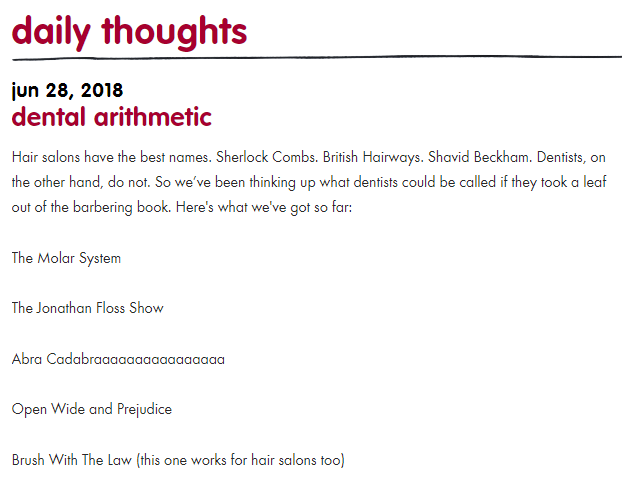
Okay, so it’s still quirkier than Zooey Deschanel in literally any of her films, ever. But it’s on-brand and downright entertaining, and it delights Innocent’s customers.
Explain
Just as you can lead a horse to water but you can’t make it drink, you can you get your customers to buy your product but you can’t get them to use it properly… unless you create some explainer content that does just that.
This is especially pertinent for SaaS brands. A strong onboarding sequence is vital in the SaaS industry, helping explain obscure or unfamiliar products to complete novices.
Explainer content like this reduces churn and improves your customers’ overall experience of your brand. As a result, it has significant ROI: your customers enjoy your SaaS product’s full potential, continuing to use it for a long time to come.
Identify a single use or feature of your product that your customers might not know about, or that they might not be using fully. Take a deep dive into it and use videos, images, and step-by-step instructions to show your customers how to get the most out of your product.
Cover everything, from basic how-tos for your new customers, and more advanced processes for your existing ones.
Brands that get it right
Literally any SaaS brand — these products are often comprehensive and always updated, and customers aren’t always aware of just how much they can achieve with them.
Document automation software PandaDoc, for example, post regular blogs explaining what each monthly update entails, and how users can get started with them. And outreach platform Pitchbox’s Knowledge Base is your one-stop shop on getting all the value out of the tool.
Engage
Your customers are needy creatures. Not content to simply observing your brand, they want to be part of it. It might seem indulgent, but including your customers in your strategy increases loyalty and builds your community — the backbone of a strong business.
Add customer value by involving them in your brand. Encourage them to interact with you through contests, surveys, and user-generated content. Or why not combine them with a UGC contest?
Get your customers to submit their own photos for a chance to win, sharing the best submissions and using the winning image as your social cover photo. It’s easy to do and gives your customers that warm, fuzzy feeling of being part of something bigger — nice.
Brands that get it right
Everyone’s favourite owl-themed social automation tool Hootsuite is particularly adept at showing the love for its customers.

Using the hashtag #IWorkFromHere, Hootsuite users submitted the finest shots of their workplace, featuring everything from cluttered desks to gorgeous Thai beaches. A winner was selected for each week of the campaign, with the winning snap shared on Hootsuite’s Instagram for all the world to see. What a hoot!
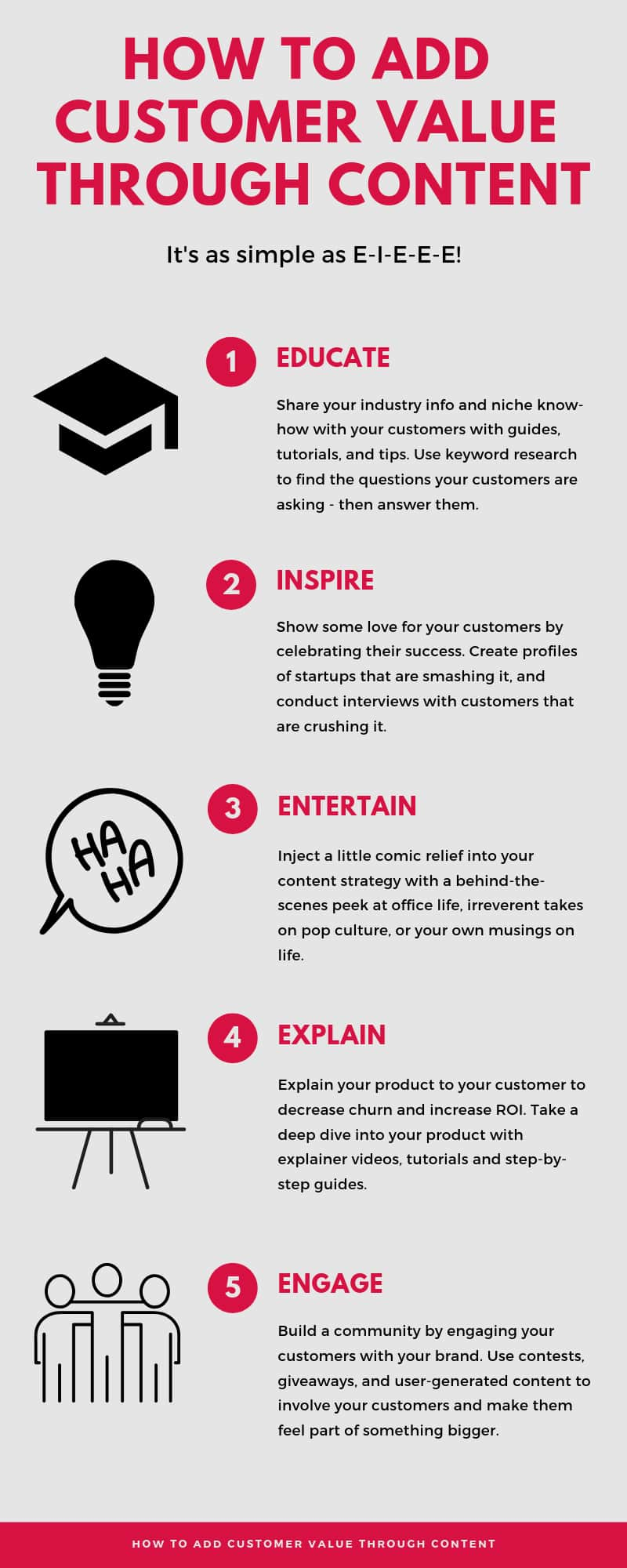
Customer value is about perception: when your customers see you in a positive light, they will continue to shop with you for time to come. So EIEEE today: educate, inspire, entertain, explain, and engage. It’s a terrible acronym, but one worth remembering.
